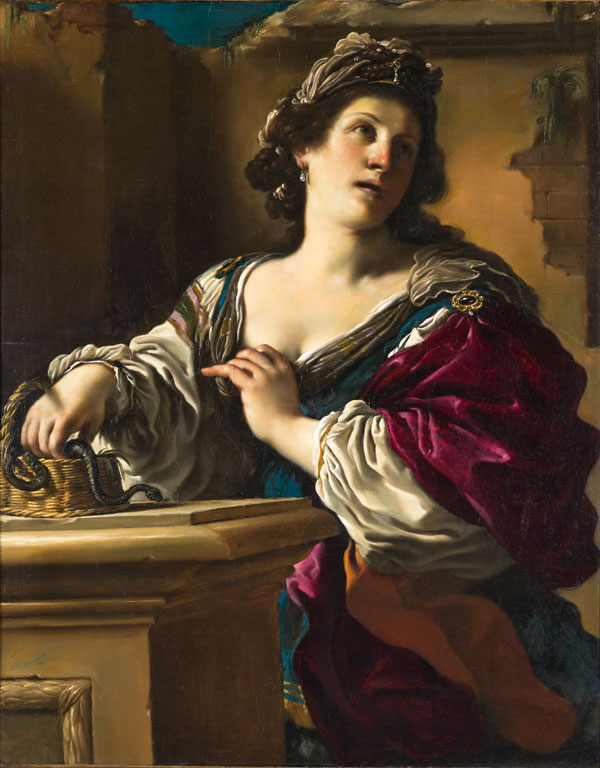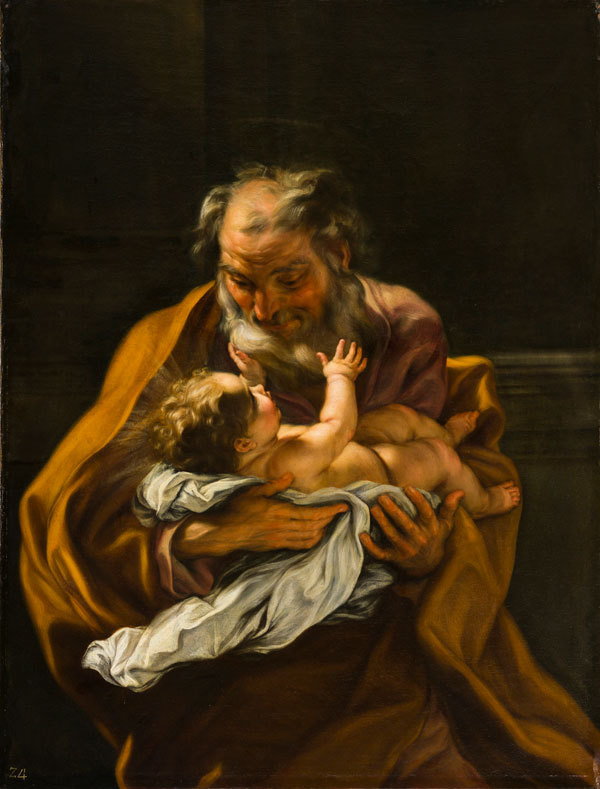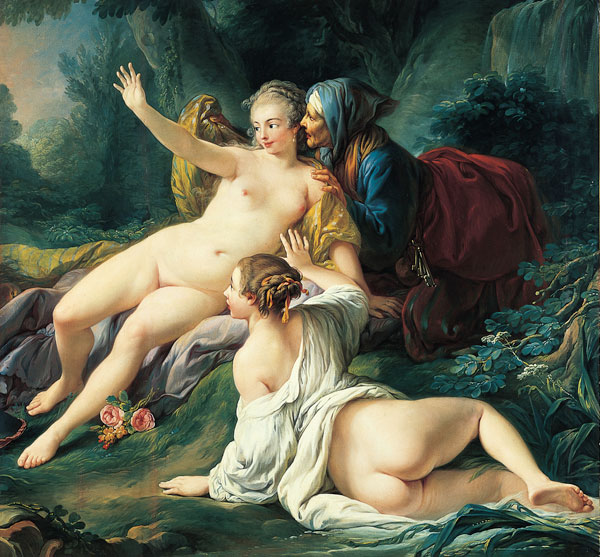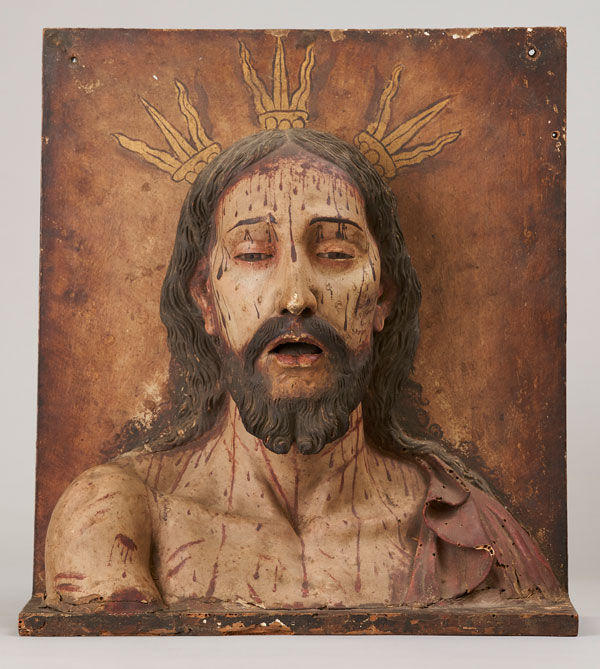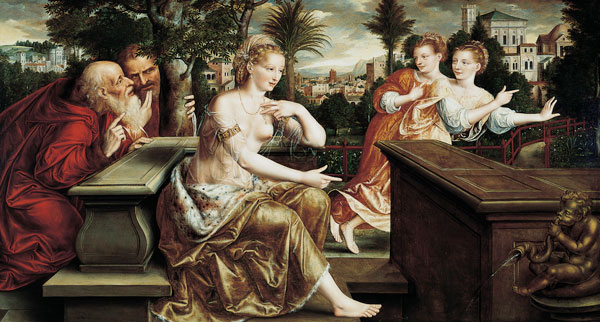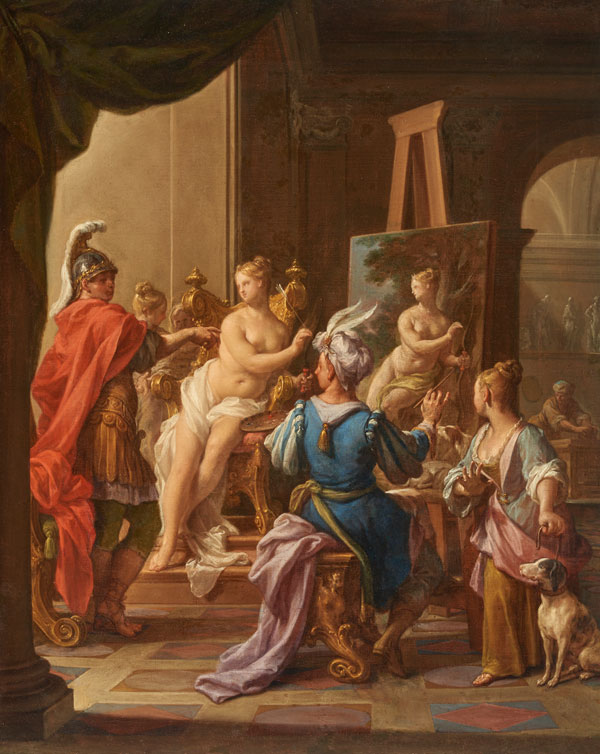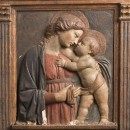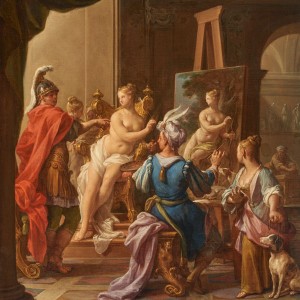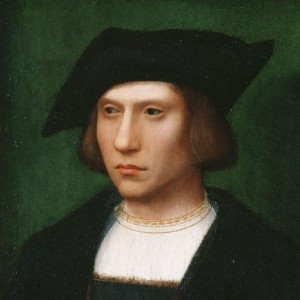The Expressive Body: Memory, Devotion, Desire (1400–1750)
In the early modern period—that is, the centuries following the Middle Ages—works of art were thought to have such power that they affected the viewer physically. In some ways, this concept is still familiar to us: visual imagery can make us laugh, blush or even feel the sting of tears. Other responses, however, are less recognizable. In both Europe and Latin America, images were believed to heal or to injure. Theories of vision suggested that through the process of perception, images could literally stamp themselves onto the mind of the viewer.
The Expressive Body examines the ways in which the human form has provoked powerful responses, from the physiological to the mystical. For viewers in the 15th to 18th centuries, these physical effects were assumed to be part of the experience of engaging with and interpreting art objects. From erotic works produced for wealthy patrons to venerated statues of the wounded Christ in local chapels, representations of the body stimulated visceral reactions of desire, compassion or aversion.
Viewers experienced works of art in multisensory ways, by caressing sculptures, handling prints and kissing sacred images. But even a glance could have potential consequences. Medical theory suggested that gazing at representations of beautiful lovers could lead to the conception of handsome and healthy children, while spiritual practice encouraged meditating on the portrayal of a tortured martyr in order to empathize with his or her torment.
The erotically charged works in this exhibition, which were largely produced by and for men, blurred boundaries between real and represented bodies of women. In the story of Apelles, the favorite painter of Alexander the Great, the artist created a portrait of Campaspe, Alexander’s mistress, that was so beautiful the emperor chose the painting over Campaspe, whom he then presented to Apelles as a gift. Francesco Trevisani’s 1720 depiction of this apocryphal episode makes an argument for the beguiling power of art. Trevisani represents a languid Campaspe alongside Apelles’s own painting, aligning himself with the legendary artist, and the viewer with Alexander, who casually observes the scene. Images that idealized and objectified women sometimes came with a cautionary message. In Jan Massys’s lush depiction of the biblical story of Susanna and the Elders (1564), the spectator’s lustful impulses at seeing virtuous Susanna’s nude body are checked by the grotesque portrayal of leering old men, potentially triggering shame and self-reproach in addition to desire. SHOW MORE

